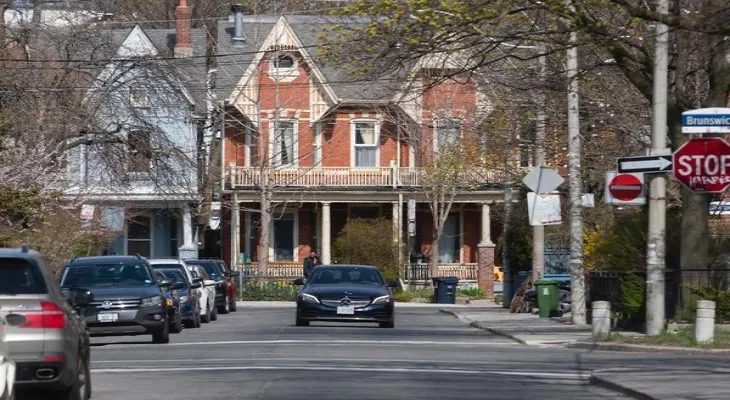Search here
Newspaper
Search here

Arab Canada News
News

Published: March 27, 2022
A new study released by the Parliamentary Budget Office in Canada (PBO) on Thursday, March 24, reported that the federal carbon pricing system is exacerbating the financial burdens on the majority of households when taking into account the impact of the carbon tax on the broader economy.
While the Parliamentary Budget Office acknowledged that any policy to reduce greenhouse gas emissions will incur tax costs, questions arise about the efficiency of such measures in reducing those costs.
The new study adds to its calculations the direct costs paid by households in the four Canadian provinces subject to the federal carbon pricing system, and the indirect costs borne by companies, according to what the Canadian daily newspaper "Global and Mail" published.
Although previous studies by the Parliamentary Budget Office included those costs; the latest release of the study includes costs of reduced growth in income and capital resulting from the climate policy implemented in the province of Ottawa.
This new study imposes increasing fees on the use of fossil fuels and compensates those payments with a discount on costs for households based on their income level.
The Parliamentary Budget Office said that more than 60% of high-income households in Ontario, Manitoba, Saskatchewan, and Alberta have borne additional financial burdens under carbon pricing.
It added that less than 40% of households became somewhat better off in the current fiscal year.
Analysts see this as contradicting the assertions of members of the Canadian government from the Liberal Party regarding the costs of carbon pricing, that 80% of households receive compensatory payments more than what they pay for carbon tax costs.
The Canadian Minister of Environment and Climate Change, Steven Guilbeault, stated that the government announced the amount of climate change tax payments for households in the provinces where their system exists, noting that 8 out of 10 households will recover more than what they paid in the next fiscal year.
Canada's Parliamentary Budget Office official, Yves Giroux, said that the government's assertions are correct, but they are only part of the picture; because the government's assessment does not include factors such as reduced growth in labor earnings and investment income resulting from higher carbon costs.
For their part, economic experts have modeled these economic effects on a wide scale for years, but the Parliamentary Budget Office has taken a step forward and predicted how the effects would be distributed among households with varying incomes.
Poor households tend to use small amounts of energy, and thus pay lower carbon fees.
In contrast; high-income households, which own large homes and multiple vehicles and consume excessive amounts of energy, pay higher carbon fees.
High-income households bear the secondary costs of lower economic growth, particularly any decline in investment income growth.
In the province of Ontario, households with income classified in the top 20% face an average net cost of $1,137 in the current fiscal year ending on March 31, even including compensatory payments from the federal government.
Households in the bottom 20% income bracket advanced by $239. Costs were high, or benefits were low, for all households when economic impacts were added.
The picture was similar in the other three provinces where federal carbon pricing is applied to households, with a more pronounced gap in Alberta.
The net cost for the top fifth of households by income in Alberta amounted to $1,925, while the lowest quarter achieved a net benefit gain of $246.
Yves Giroux, an official from the Parliamentary Budget Office in Canada, said these figures reflect the negative impact of carbon pricing in the province’s oil and gas sector.
Middle-income households in the provinces of Alberta and Ontario will, over time, see their net benefits shrink or even move into the negative zone, according to the Parliamentary Budget Office analysis, extending to the fiscal year 2030-2031.
Households in the second-lowest quintile of income brackets in Alberta received a net benefit of $86 in the current fiscal year.
This small advantage is expected to shrink over time; and by the fiscal year 2028-2029, it will turn into a net cost of $26.
Michael Bernstein, executive director of Clean Prosperity, a non-profit group, criticized the Parliamentary Budget Office study as being overly focused. He said the study’s analysis did not attempt to account for the economic benefits of the emerging green economy.
Bernstein acknowledged the necessity of imposing costs aimed at phasing out fossil fuels, noting that the important question is about how to reduce these costs and increase benefits.
Comments